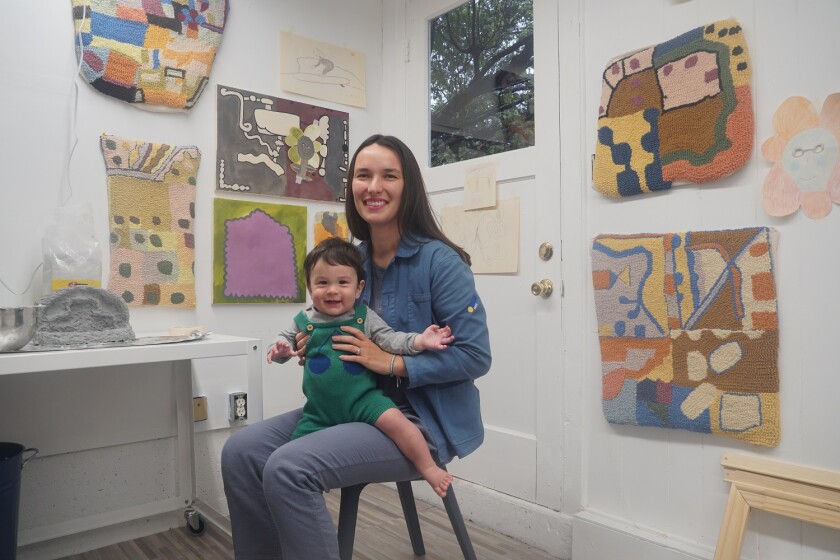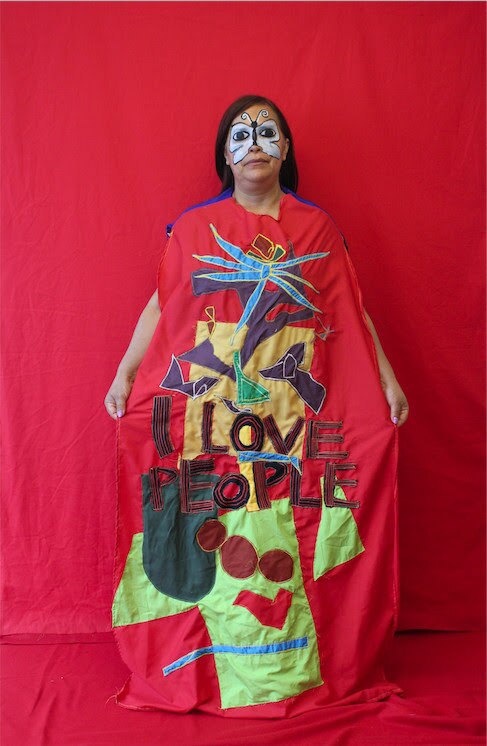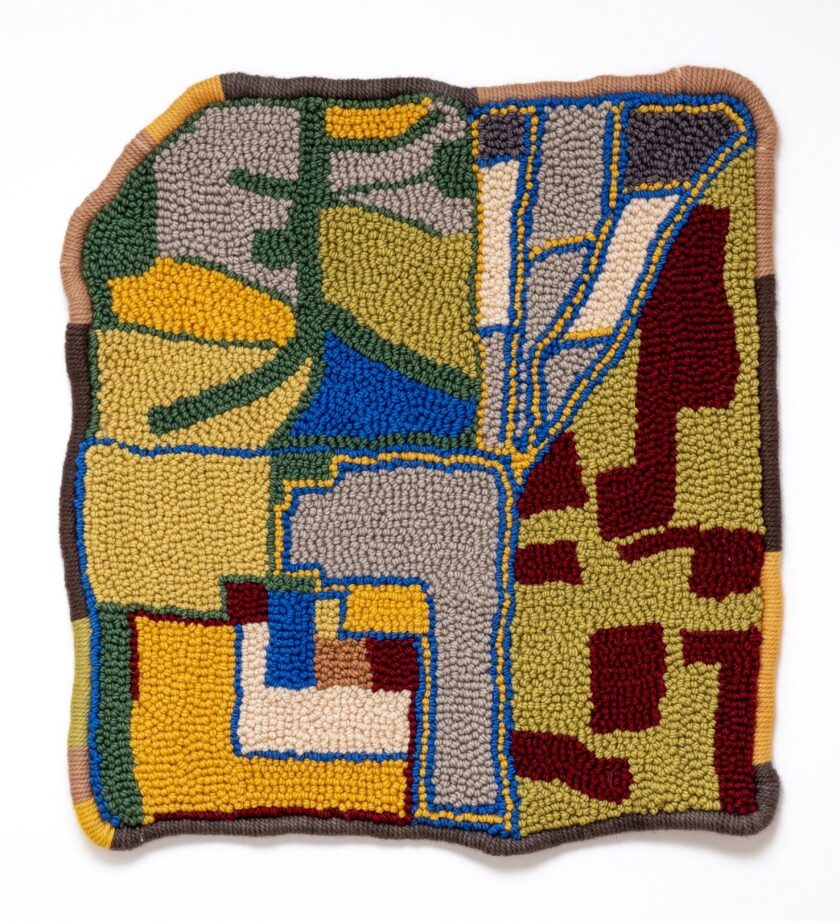As Thomander’s view of success expands and the lines between art and non-art blur, new creative possibilities emerge

Seven-year-old Rachel Stallings Thomander walked into a university classroom with her mother and looked up to see several large-scale paintings hanging on the wall. “I want to do that!” she thought.
The oldest of Gloria and Gregory Stallings’ three children, Thomander periodically attended art classes with her mother, an art minor at UC Irvine and the first woman in her Colombian family to receive a college degree. Mother and daughter worked side by side on art projects as Stallings completed class assignments.
“I remember making a small oil painting depicting planets and space, and a dish for chips and salsa,” Thomander recalled. “I grew to love making things during that time and knew I wanted to keep doing it for as long as I could.” Although she continued to pursue her dream of making art, Thomander didn’t consider herself an artist for a long time. From her perspective, only special people were artists. It wasn’t until she decided to major in art at BYU that she slowly became comfortable using the term to describe herself.

Making at a Slower Pace
Thomander completed her BFA with what she now considers a rigid set of self-imposed goals to guide her success as a working artist, including gallery representation and art sales. But experience over the last seven years has relaxed and expanded her view of success. For several years between her undergraduate and graduate studies, Thomander made it a priority to experience the art world firsthand. While living first in Palo Alto, California, and then Los Angeles, Thomander attended art shows, conducted visits in her studio and the studios of fellow artists, and made a new body of work for her portfolio. Thomander’s art evolved as she researched Latin American Modernist painting and created work that reflected her Colombian American heritage.
New Possibilities
Attending graduate school at UC Berkeley further transformed Thomander’s work. With no required emphasis, she described the MFA program as rooted more in theory and identity politics than any particular discipline. This provided Thomander with the opportunity to learn from colleagues who were working in a wide variety of mediums. “We were all really different from each other. I feel like I was exposed to ideas and ways of making that were totally new to me,” Thomander said. As the lines between art and non-art blurred for Thomander, she gave herself permission to experiment and approach art-making in new ways. Now, she moves fluidly between media, often using ceramics, textiles, painting and other modes that embody the ideas and forms she is investigating.
“Life experience, grad school and teaching have really opened up my horizons and ways of making and possibilities that make me feel much more excited about the different kinds of ways to be an artist,” Thomander said.
World-Making as Process
After one year of working as an associate teacher for grades 1-8, Thomander now stays home full time with her baby in Santa Cruz, California. “Strangely enough, I feel like I’ve never had so much time to spend in the studio,” Thomander said, crediting her son’s mild nature for her ability to continue making art. Making the most of naptime and evenings, she maintains a busy schedule making work and curating shows. Her husband — an employee at Facebook — has been a steady source of support in making her dreams a reality over the years.

Currently Thomander’s studio time is focused on two main projects. In collaboration with her younger brother Steven Stallings, also a BYU art graduate, she is creating a bilingual video series. Stallings and Thomander envision their videos — which will feature colorful puppets and props and incorporate humor and play — as a catalyst for creativity. Screenings will be held in children’s art spaces, where viewers can respond to the videos by making their own puppets, paintings or backdrops. The sister-brother duo will then show their videos alongside the art pieces they generate in an exhibition.

Another body of work examines the interaction of functional and non-functional items with each other. Working in textiles, Thomander is creating a smock that she will wear while making paintings and a punch needle rug. Scholar Olivia Young described this act of “world-making” as the “necessarily dialogic component of [Thomander’s] creative process, where emphasis rests on the exchanges between material, artist, cosmic forces, and ancestral spirits and not on the objects themselves.”
Much of Thomander’s work straddles a similar line between craft and art, function and decoration — a tension she has become more comfortable with over time. “I can make videos that are functional, that have a purpose, but are still part of my practice and art,” Thomander said. “I can make rugs and decorative work — things I didn’t used to consider art. There are just much more possibilities than I used to think there were.”